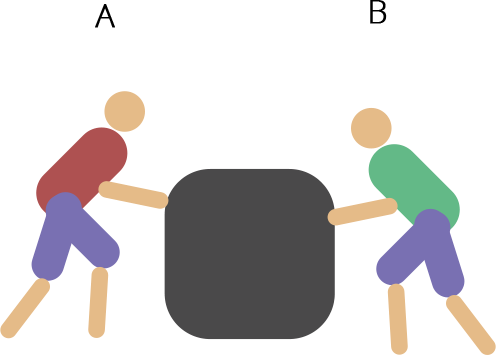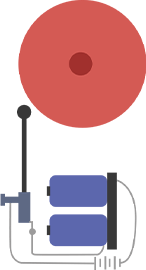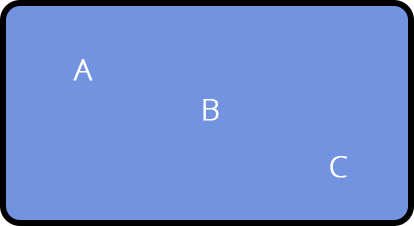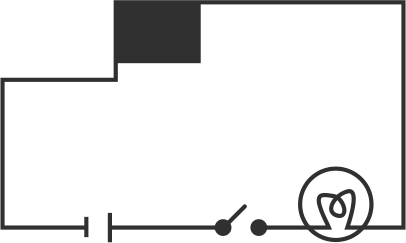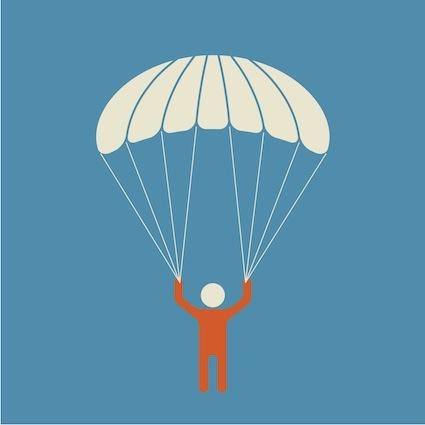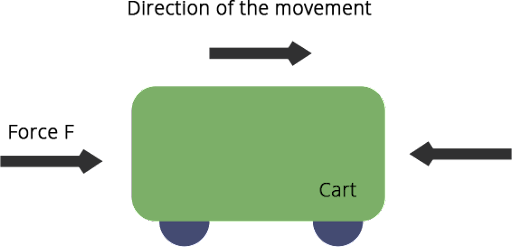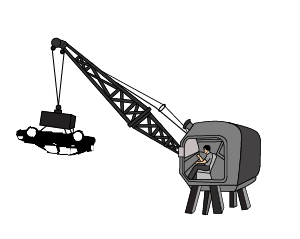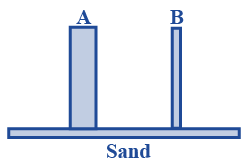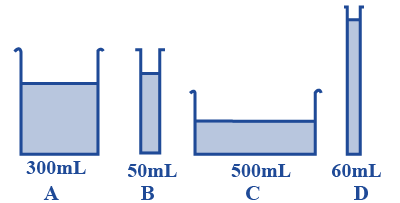Class 8 Science NCERT Exemplar Solutions Chapter 11 Force
FAQs on NCERT Exemplar for Class 8 Science Solutions Chapter 11 Force
1. What can a force do?
Force can Bring an object in motion from a state of rest, it can Alter the speed of an object in motion, It can alter the direction of a moving object, It can change the shape of an object.
This chapter is very important and lots of questions are asked out of this chapter. You should prepare this chapter well to score more marks in the exam. Also, you should follow the guidelines to answer the questions correctly and score more marks.
2. What type of questions are asked from Science class8- chapter 11 Force?
There are various types of questions that can be asked from science chapter 11- Force, some of them can be:
Multiple choice questions- which includes figure-based questions, and choosing the correct or incorrect answers.
Very short answer type questions-You have to answer in one line
Figure-based questions- it is the short answer type questions, in this section, you will answer in the term of force applied due to interaction between two objects.
6 long answer questions- these questions are based on practical situations from our daily life.
3. Why Use NCERT Exemplar Class 8 Science Problems with Solutions Chapter 11 by Vedantu?
Vedantu Experts have given the solutions of NCERT Class 8 Exemplar for Science Chapter 11 according to the CBSE guidelines and format. Vedantu answers will help you get knowledge about how to write an answer in your exam. You can score good marks if you follow the answering pattern given by Vedantu as the solutions provided by Vedantu are the most important part and you can practice them to score good marks in your final exams. You can get one-to-one classes to get a better understanding of the topics.
4. What are the topics covered under Chapter 11 of NCERT Exemplar Solutions for Class 8 Science?
The Exemplar Solutions for Class 8 Science Chapter 11 of NCERT covers the topics like :
Force – A Push or Pull
Forces are due to an Interaction
Exploring Forces
A Force can Change the State of Motion
Force can Change the Shape of an Object
Contact Forces
Non-Contact Forces
Pressure
Pressure Exerted by Liquids and Gasses
Atmospheric Pressure.
All the topics are described in detail to make the students get a conceptual understanding of the subject. Also, the solutions provide you with a variety of shortcuts that you can opt for to memorize the principles.
5. What are non-contact forces in Chapter 11 of NCERT Exemplar Solutions for Class 8 Science?
The forces that occur without direct contact with the object’s body are known as non-contact forces. Some examples of the non-contact forces are :
Gravitational force: The strength of gravity is an attractive force that is exerted by the Earth on objects, because of which they fall to the land. The force by which the earth pulls a body is the weight of that body. Students can understand this topic nicely with NCERT Exemplar Solutions prepared by Vedantu’s expert team.
Electrostatic force: it is the type of force that is acted from a distance this is why it is a non-contact force
Magnetic force: The force exerted by a magnet on other magnets is called magnetic force.
















